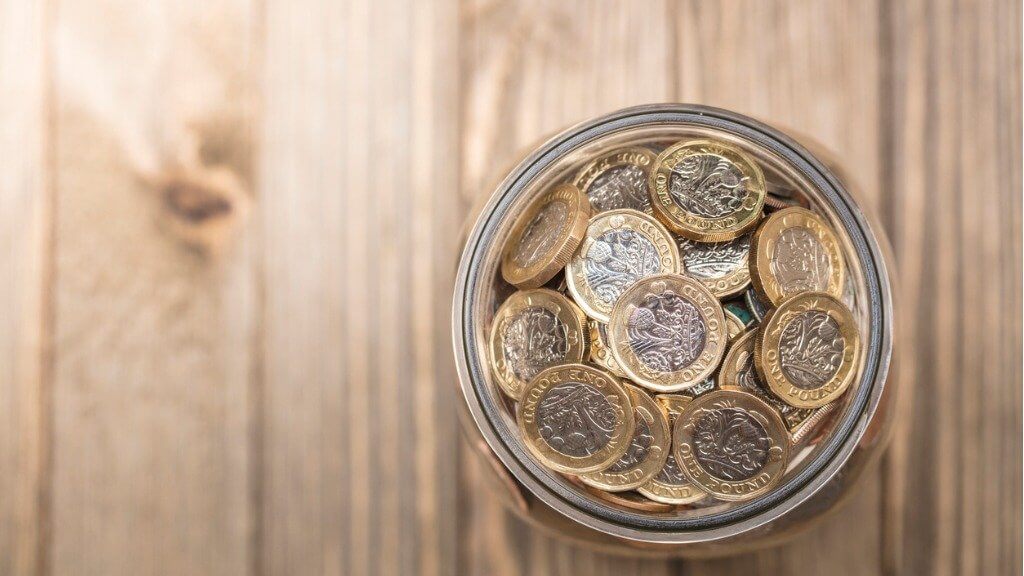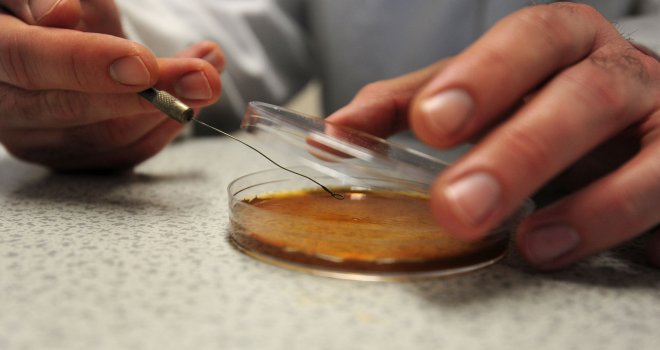Junior ISAs: What You Need To Know

When you’re looking for information about ISAs, trust funds, and other avenues of saving your money, the financial landscape can sometimes feel unnecessarily complex. Even when you’re just looking for some straight answers about how you can help to provide a better financial future for your children, there seems to be a lack of clarity and understanding.
Because Wealthify believes in providing people with the information they need to make the best possible choice for their specific needs, here are some straightforward answers to any concerns or questions that you may have regarding Junior ISAs.
What exactly is a Junior ISA?
A Junior ISA is a tax-savvy method of providing your child with funds to help them in their future. Think of it as a nest egg that your child won’t be able to touch until their 18th birthday. You won’t pay tax on the ISA, as long as you don’t exceed its annual limits within a tax year.
This ISA allows you to help your child gain long-term savings without having it affect any of your existing ISAs or causing you to pay additional taxes.
Junior ISAs usually fall under two areas – Junior cash ISAs and Junior Stocks and Shares ISAs. With stocks and shares ISAs, your contributions will be invested in the stock market. Some people like to use the increased earning potential of a stocks and shares option, while others prefer to remain without it due to the potential volatility of the markets.
Is there a limit to how much money I can put into a Junior ISA?
Yes. You are currently limited to £9,000 per tax year. That amount can be split between a standard Junior ISA and a Junior Stocks and Shares ISA, but the combined amount is still limited to £9,000.
Many parents have people in their lives who want to offer financial gifts to their children. Friends and family members are permitted to pay into this ISA, but that £9,000 limit per year still stands, regardless of how many contributors there are.
Who can open a Junior ISA for my child?
A Junior ISA account can only be opened by a child’s parent or legal guardian. The ISA is your child’s account from the day that it’s opened, but the child will not have access to the money until they turn 18 years of age.
In other words, regardless of which parent or legal guardian starts the Junior ISA, you will have no access to the funds whatsoever once it has been put into the account. This extra bit of security makes a Junior ISA one of the best savings accounts for kids.
Who is responsible for the funds in a Junior ISA when a child turns 18?
Essentially, when your child turns 18 years old they are classed as a legal adult, not a child. As such, this means that they’re legally able to do whatever they wish with the funds that are in the account.
The ISA is no longer a child’s ISA, as your child is legally now an adult. From that point onwards, they have full control over the money inside the account, much like a standard ISA. They will be within their rights to spend or invest the full amount within the account as they see fit.




